The Convent of St. Agnes was founded in 1231 by Agnes of Bohemia, the sister of King Wenceslas I. Today the complex houses the collection of medieval art from the National Gallery.

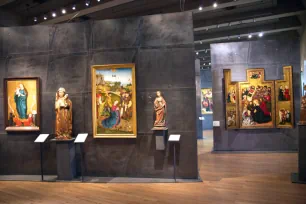
From a very young age, princess Agnes Přemysl, daughter of King Ottokar I, decided to dedicate her life to piety and charitable work. With the help of her family, she financed the construction of a hospital and convent, which was built inside the city walls right near the old town. The complex included not only a convent of the Poor Clares, but also a Minorite monastery.
Construction started in 1231 and just two years later, the first sisters moved in. Agnes herself joined them in 1235, a year after the convent was consecrated. At the time, the new Gothic architecture style was favored over the then still predominant Romanesque style. Today, it is the oldest surviving Gothic building in Prague.
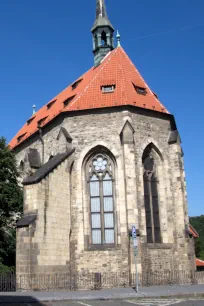
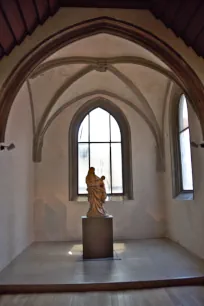
The complex included several churches and chapels, including the Church of the Holy Saviour, which was built in 1261 as a mausoleum for the Přemyslid dynasty. Several members of the royal family of Bohemia, including Kunigunde of Hungary and King Wenceslas I, were buried here.
During the Hussite Wars, the Clares and Minorites were expelled, and the complex was used as a mint and armory. In 1556 the Dominicans moved in, but they departed in 1626. The Poor Clares returned the following year and would live there until 1782, when the institution was dissolved by Emperor Joseph II and the complex became a refuge for paupers.
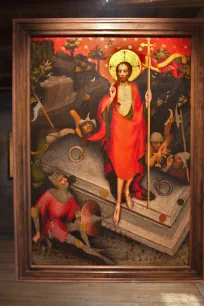
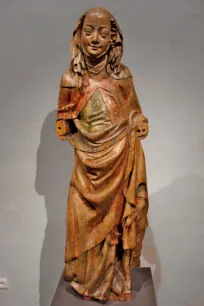
By the end of the nineteenth century, the complex had fallen into disrepair, and a series of restorations were undertaken in the early 1900s. In 1963, the convent was acquired by the National Gallery and a competition was launched for a thorough renovation of the medieval complex and its conversion into a museum.
Museum of Medieval Art
The museum opened in 1986 with a collection of Czech art. In 2000, the Convent of St. Agnes became the setting for the National Gallery’s collection of medieval art from Bohemia and Central Europe, spanning a period from the fourteenth to the early sixteenth century.
The first rooms contain artwork from the fourteenth century, when Bohemia played an important role in the evolution of religious art. Many of the artists’ names are unknown. They are merely referred to by their city of origin. The nine panels from around 1355 from the altarpiece of Vyšší Brod for instance, are representative of the era. Of higher quality however are six panels by Master Theodoric, known for their ‘soft’ style. Another highlight is the altarpiece panels by the Master of Třeboň, from around 1380, which show Flemish influences.
Foreign influences, particularly from neighboring countries, are also notable in the later works from the fifteenth and sixteenth centuries. Among the highlights are wooden statues from the early sixteenth century by an artist who is only known by his initials I.P., and who was influenced by artists from Austria and Germany, including Dürer and Lucas Cranach the Elder. These masters are also represented in the museum: there are woodcuts of the Apocalypse by Albrecht Dürer and several paintings by Lucas Cranach the Elder.

